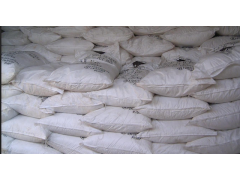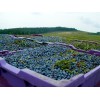World demand for caustic soda was 59m tonnes in 2008, according to US-based consultant CMAI. Pulp and paper was the largest consumer at 14% followed by inorganic chemicals (13%), organic chemicals (12%) and alumina (11%). Other significant end uses include textiles, soaps and detergents, and water treatment.
The supply of caustic soda can be influenced by the chlorine derivatives markets since nearly all caustic soda is co-produced with chlorine by the electrolysis of a sodium chloride solution (1.1 tonne of 100% caustic soda is made for each tonne of chlorine produced). But with these two products consumed in quite different industries, there can be problems in balancing the demand on a chlor-alkali plant.
If caustic soda is in surplus, it can be stored if sufficient capacity is available. But if chlorine is in surplus, it cannot be stored easily and production needs to be cut back if the market for chlorine derivatives is already saturated. This often leads to a counter cyclicality in the market for the two products, for example, caustic soda becoming increasingly tight and prices escalating while chlorine moves into oversupply and prices collapse. However, if the combined market price of 1.0 tonne of chlorine and 1.1 tonne of caustic soda (often called the electrochemical unit or ECU) is higher than the cost of production, chlor-alkali plants are economically viable.














